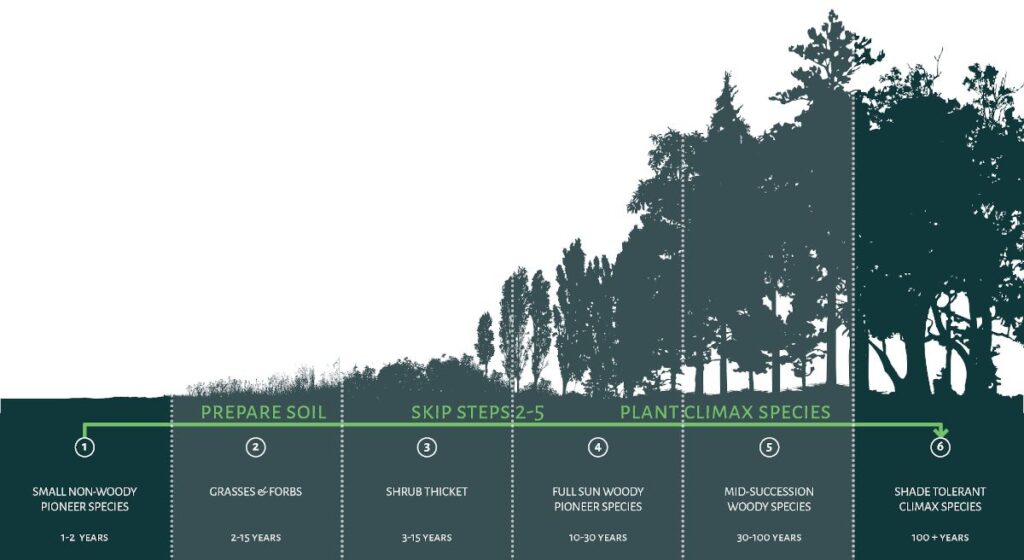I recently read about “The Miyawaki Method”, a unique and innovative approach to afforestation/reforestation developed by Japanese botanist Akira Miyawaki.
In a nutshell, the Miyawaki method involves planting a dense mixture of indigenous tree species in a small area to create a self-sustaining forest ecosystem that is both biodiverse and resilient.
The Miyawaki Method involves the following steps:
- Potential Natural Vegetation Identification
- Soil Preparation
- Sapling Plantation
- Forest Mulching
By applying the principles of the Miyawaki Method, product managers can create products that are not only innovative and user-friendly but also scalable and sustainable over a long period.
- Afforestation = Product Long-Term Vision
Just as a forest needs a long-term vision to thrive, a product needs a clear and compelling vision that keeps it relevant and useful to consumers over time.
- Small Area + Natural Vegetation = Minimum Viable Product
Like a minimum viable product, a forest created using the Miyawaki Method starts small but packs a powerful punch. It’s natural, biodiverse, and provides value from the outset.
- Soil Preparation + Sapling Plantation = Create a solid base for the product
Just like careful soil preparation & sapling preparation ensures a high probability of forestation success, a strong foundation is critical for any product to succeed. This ensures the Product is sustainable for a long time, scalable, and maintainable.
- Forest Mulching = Promote Product Growth
Finally, by promoting product growth through protection, improvement, churn reduction, and sustainability, product managers can ensure that their products continue to thrive and evolve.
While the Miyawaki Method is an approach for aforestation, its principles can be closely related to Product Management in improving the Product by starting small and then making it big.
What do you think? Your thoughts are welcome.
Image Source:
https://lnkd.in/dNDTsgN4
